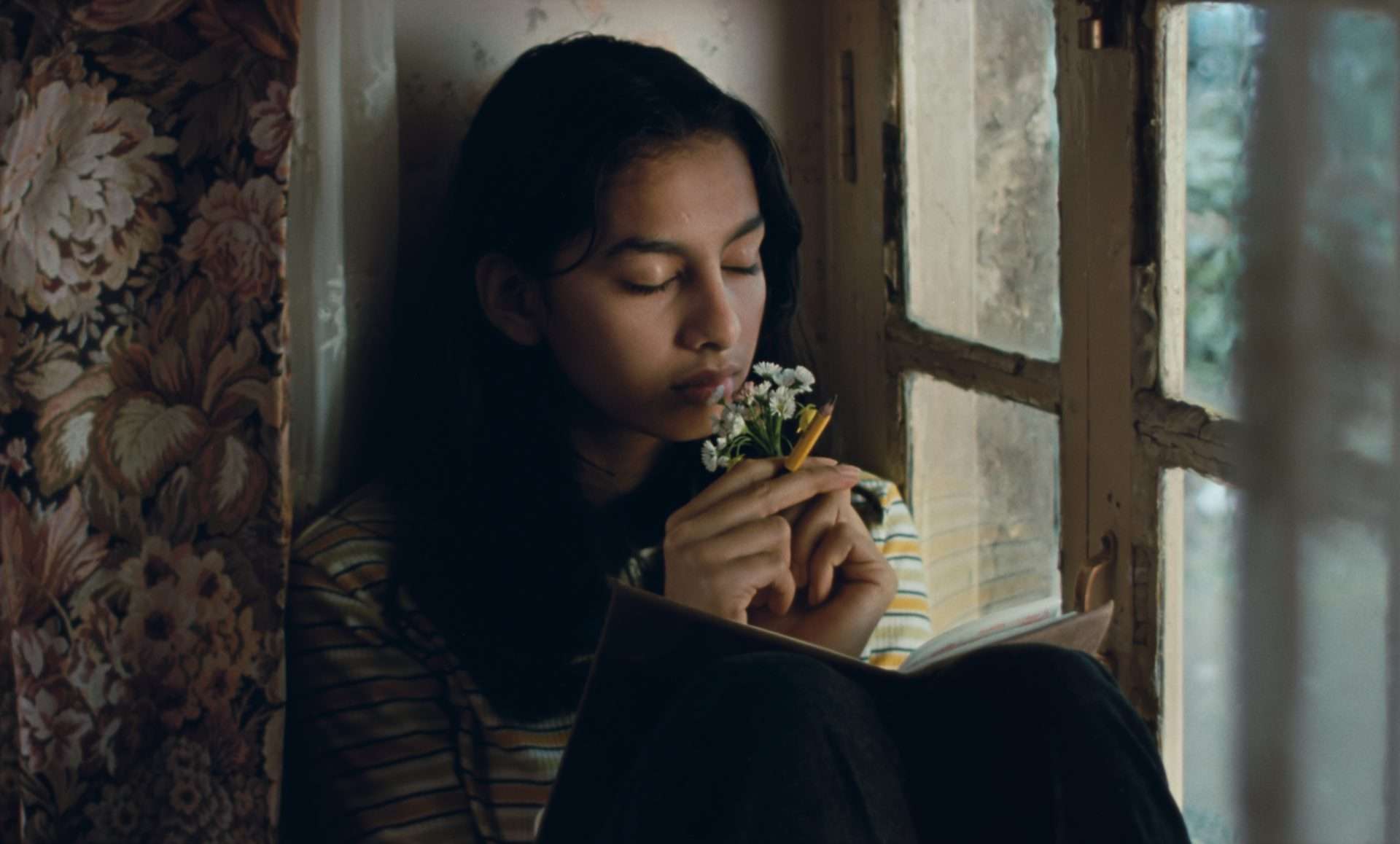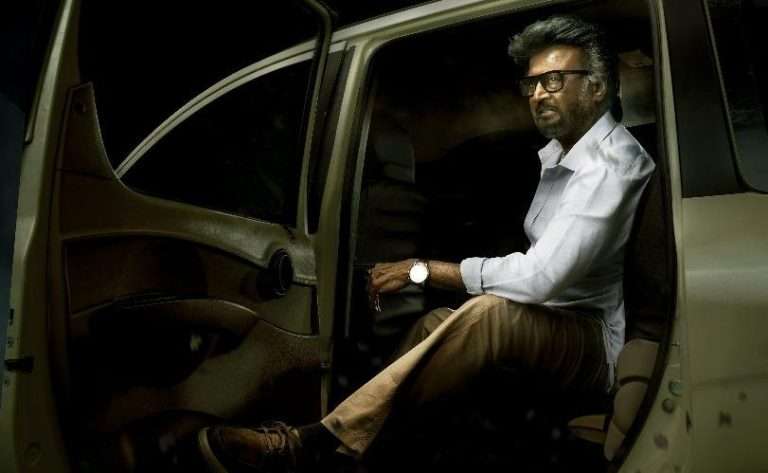Nine years after making “Thithi,” one of my favorite Indian films of the 2010s, Raam Reddy is back with “The Fable,” set in a place that couldn’t be further away from the setup of his first film. Nestled deep in the Himalayas, formally set in 1989, “The Fable” retains the timeless nature in its setup, which is typical of the fables. It is shot in film, which only helps to further the cause. The magnificent opening scene sets the tone of the magic realism which is set to follow. Using fireflies as a constant motif, which in many cultures has a supernatural significance, only heightens the sense of magic realism.
But beyond the surface of magic realism, “The Fable” very meticulously examines the underlying tension between different classes in the village. Dev’s (Manoj Bajpayee) family are the owners of the apple estate, handed to them by the colonial rulers of the country. The villagers are dependent on the estate for their livelihood. Manager Mohan (Deepak Dobriyal) acts as a sort of bridge between both, in a way perhaps Dev’s family was for the British. We also have a group of nomadic tribes, not dependent on anyone except nature, and we have officials whose relationship with the mountains is bound by duty.
The status quo is only hiding the undercurrents of distrust, waiting for a spark to ignite. And without revealing much, the spark surely arrives. “The Fable” asks questions about belongingness, and if any of us are really native to a certain place. The mountains are a good place to ask this question, as it can be argued that the mountains themselves are the only ones who are really native to that place, and everyone else is a settler. In a twisted way, it kind of reminded me of “The Wailing.” While the plot couldn’t be more different, “Wailing” also uses the distrust between the Korean village and the Japanese man to create tension effectively.

The cinematography and the directorial choices clearly stand out in the film. There are a lot of shots during twilight, which is perhaps the most magical time of the day, and they are not artificially lit like many others choose to do which is really distracting. Raam’s DoP Sunil Borkar’s usage of light all along the film is top-notch. The VFX is also very well executed.
Raam has shown his skill in working with non-actors in “Thithi” earlier, which is still visible in “The Fable.” But it is the main actors who stole the show here. Manoj Bajpayee is better than his usual best, and he plays his character of a patriarch with a lot of restraint. I would rank Manoj’s performance pretty high in his already impressive filmography. Priyanka Bose as Dev’s wife Nandini is pitch perfect and Tillotama Shome in a very short role adds a lot of humanity to the film. But it is Deepak Dobriyal who clearly stands out. He brings a natural ease into the role, however dealing with the complex scenes deftly as well.
Overall “The Fable” puts Raam Reddy into the league of exciting Indian directors to look forward to with absolute eagerness. The entire movie is kept delightfully ambiguous, and Raam himself is also trying to understand the movie fully, as he mentioned in the Q&A. It looks and feels like a childhood story you heard from one of your elders at a time when power cuts doubled up as storytime, and now you are not really sure what was real and what was not.


![Stay Close [2021] Netflix Review: Trope-Riddled, But Fairly Engrossing Thriller Miniseries](https://79468c92.delivery.rocketcdn.me/wp-content/uploads/2022/01/Stay-Close-2021-768x448.jpg)
![A Thursday [2022] Review – Yami Gautam becomes the Knight In Shining Armour Of her Revenge saga](https://79468c92.delivery.rocketcdn.me/wp-content/uploads/2022/02/A-Thursday-2022-768x427.jpeg)
![Lost in Translation [2003] Review: A Doomed Romance](https://79468c92.delivery.rocketcdn.me/wp-content/uploads/2020/11/e29dc29c27a0916f9635c456a6290cc3-768x416.jpg)
![Just Mercy [2019] Review – A Mild Legal Drama on a Shocking Reality](https://79468c92.delivery.rocketcdn.me/wp-content/uploads/2020/01/Just-Mercy-768x419.png)
![Dunkirk [2017]: Nolan Transports You Into a Catastrophic War and Brings You Home](https://79468c92.delivery.rocketcdn.me/wp-content/uploads/2017/07/dunkirk_1-1024x640-e1500542266180-768x385.jpg)
